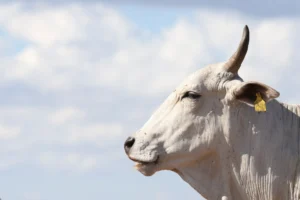
Can COP30 change the future of cows and climate in Brazil?
At COP30, the world’s eyes are on Brazil, and the cattle ranchers leading a global transformation.
Since its inception more than 7,000 years ago, cheese has worn many hats: survival tool, status symbol, comfort food.
It’s been made by monks in European caves, herders on Himalayan plateaus and home cooks in Latin American kitchens — each using what they had to bring milk to life in wildly different ways. Some cultures built entire cuisines around it. Others never developed a taste for it at all. Despite its simple ingredients, cheese is anything but uniform.
To celebrate June 4th as National Cheese Day in the U.S., here are 10 lesser-known facts about how cheese is made, consumed and perceived around the world.
In 2018, researchers studying ancient pottery on Europe’s Dalmatian Coast uncovered 7,200-year-old lipid residues indicating that early farmers were fermenting cow’s milk, likely separating curds from whey as early as 5200 BCE.

The practice of cheesemaking dates back over 7,000 years, according to lipid residues found on ancient pottery along Europe’s Dalmatian Coast.
In Mongolia, herders make aaruul, a dried milk curd so solid it lasts for months without refrigeration. It’s portable, calorie-dense and sometimes used as a form of barter. Think of it as the protein bar of the ancient Silk Road.
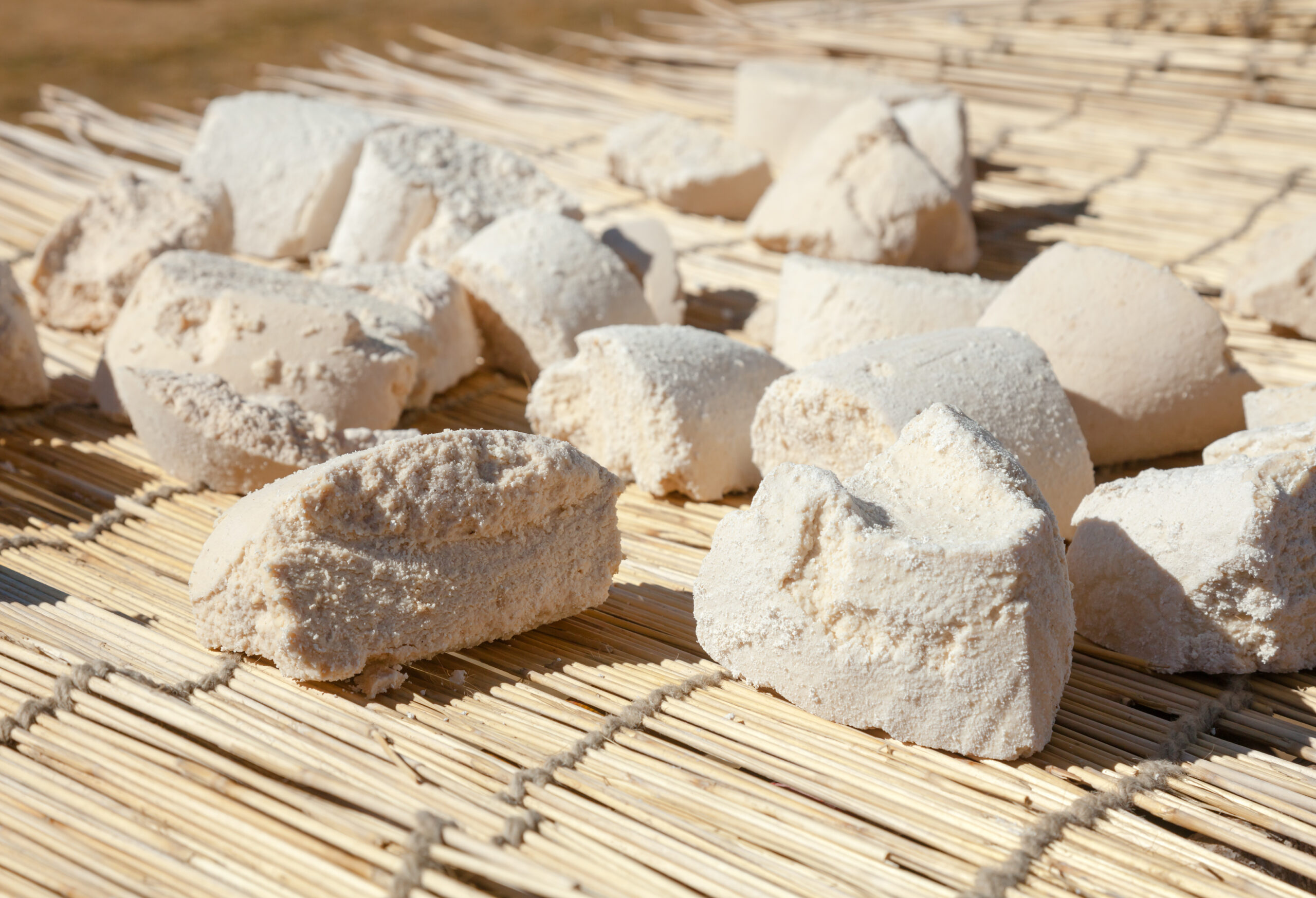
Aaruul, a dried curd snack made from fermented milk, is still widely eaten in Mongolia today — enjoyed for its portability, shelf life and roots in traditional nomadic culture.
Paneer is made without rennet, which means it doesn’t melt like cheddar or mozzarella. That makes it ideal for curries and grilling — and perfect for millions of vegetarians who avoid animal-based enzymes.
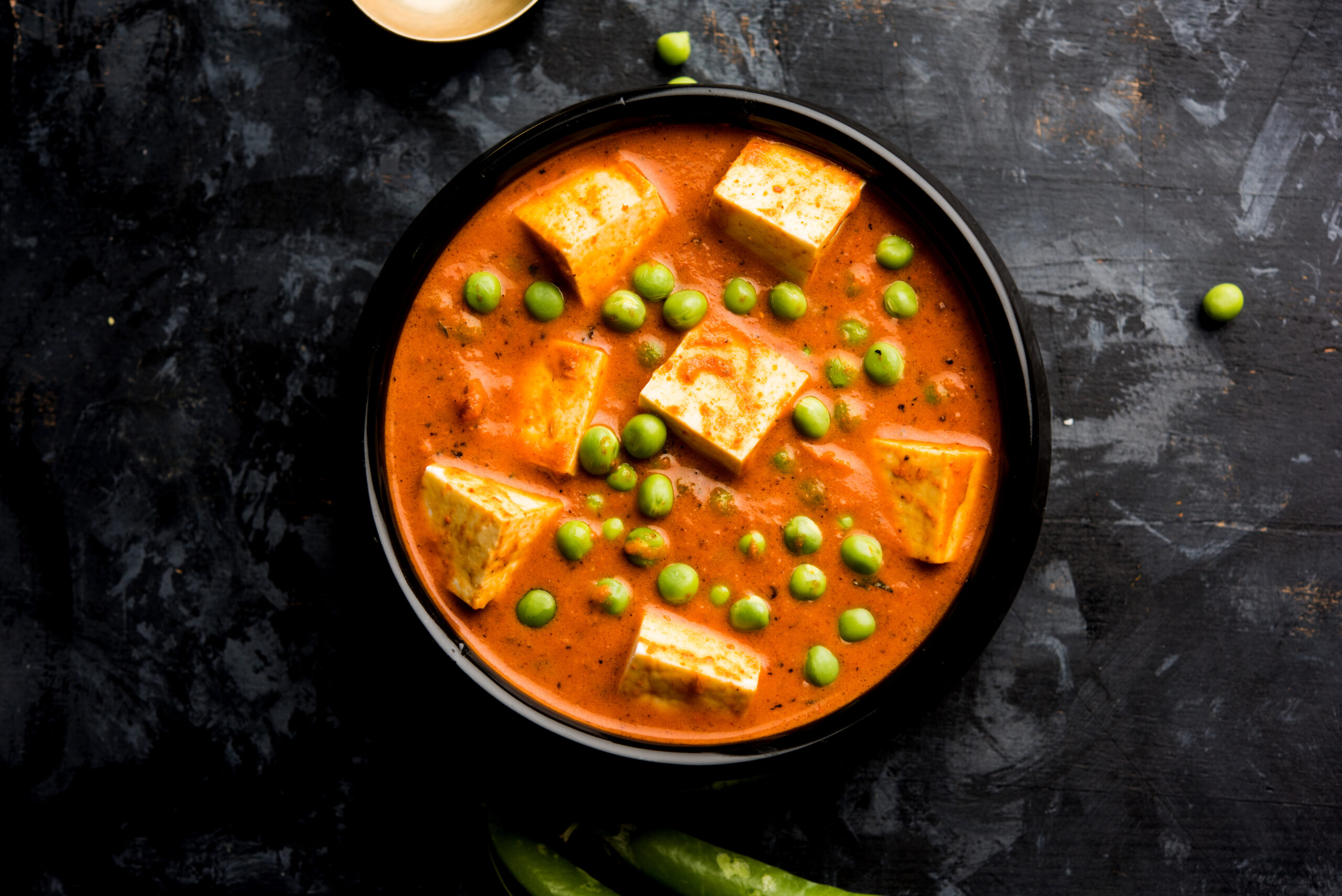
Paneer, a fresh cheese made without rennet, holds its shape when cooked — making it a staple in vegetarian Indian dishes like matar paneer.
Meet Époisses de Bourgogne, a French washed-rind cheese known for its strong odor. In fact, the smell is so strong, it’s reportedly banned on public transportation in France.
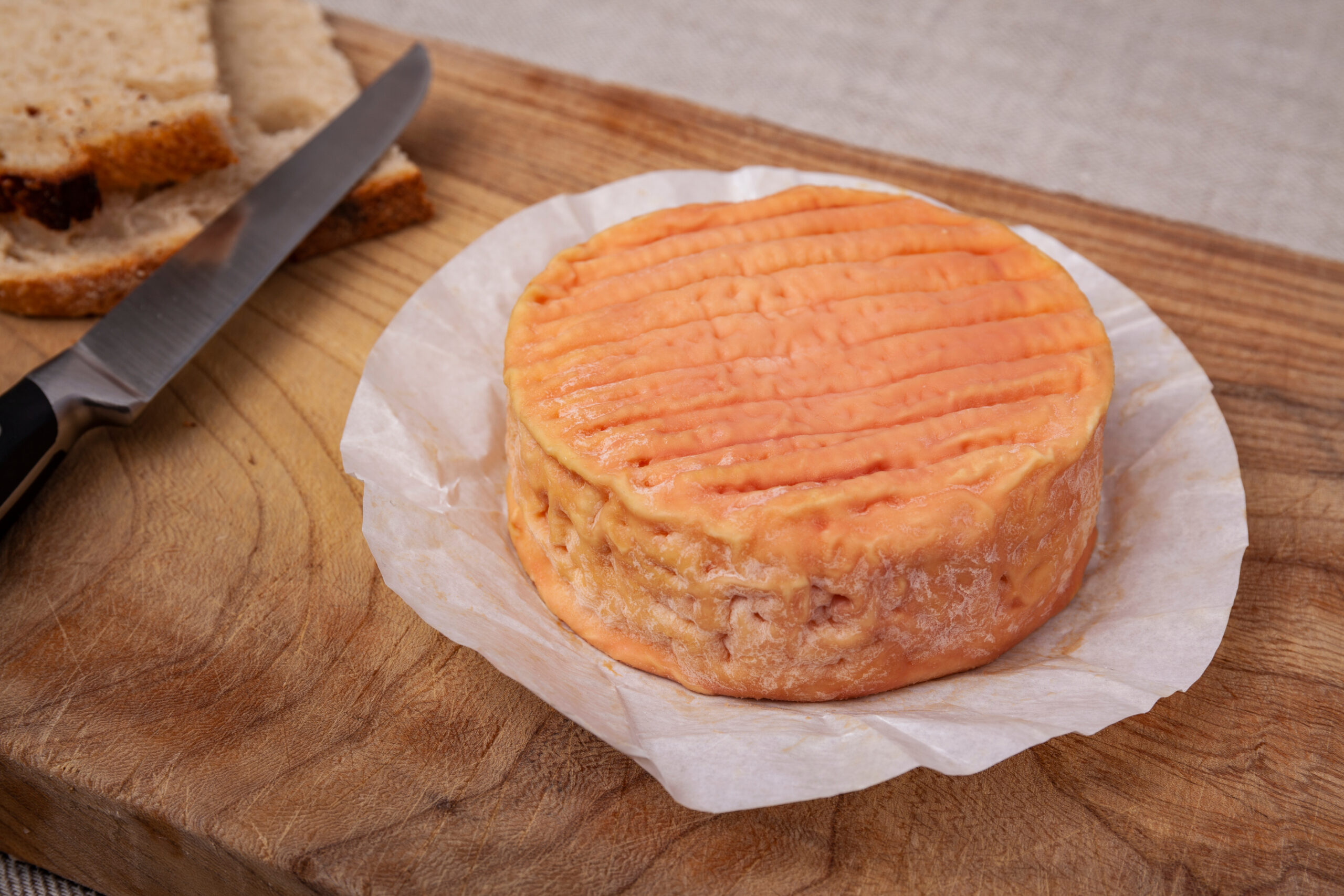
Renowned gastronome Jean Anthelme Brillat-Savarin dubbed Époisses de Bourgogne “the king of cheeses.” During aging, Époisses is washed multiple times with a mixture of brine and Marc de Bourgogne, a local pomace brandy, contributing to its distinctive aroma and flavor.
Ayib is Ethiopia’s traditional cheese, made by heating and draining naturally fermented sour milk. It is known for its mild flavor and crumbly texture, similar to cottage cheese or ricotta. Lactic acid bacteria drive the fermentation, shaping its mild flavor and helping preserve the cheese. While avoided during long Orthodox fasting periods, ayib returns to the table during feast days.
Ayib is often served alongside injera (a sourdough flatbread) and spicy stews, providing a cooling contrast to the heat of the dishes.
Japan was historically dairy-free. But today, its northern island of Hokkaido is home to a growing artisan cheese industry. Think small batches aged in miso barrels, washed in sake, and styled after European classics, with a Japanese twist.
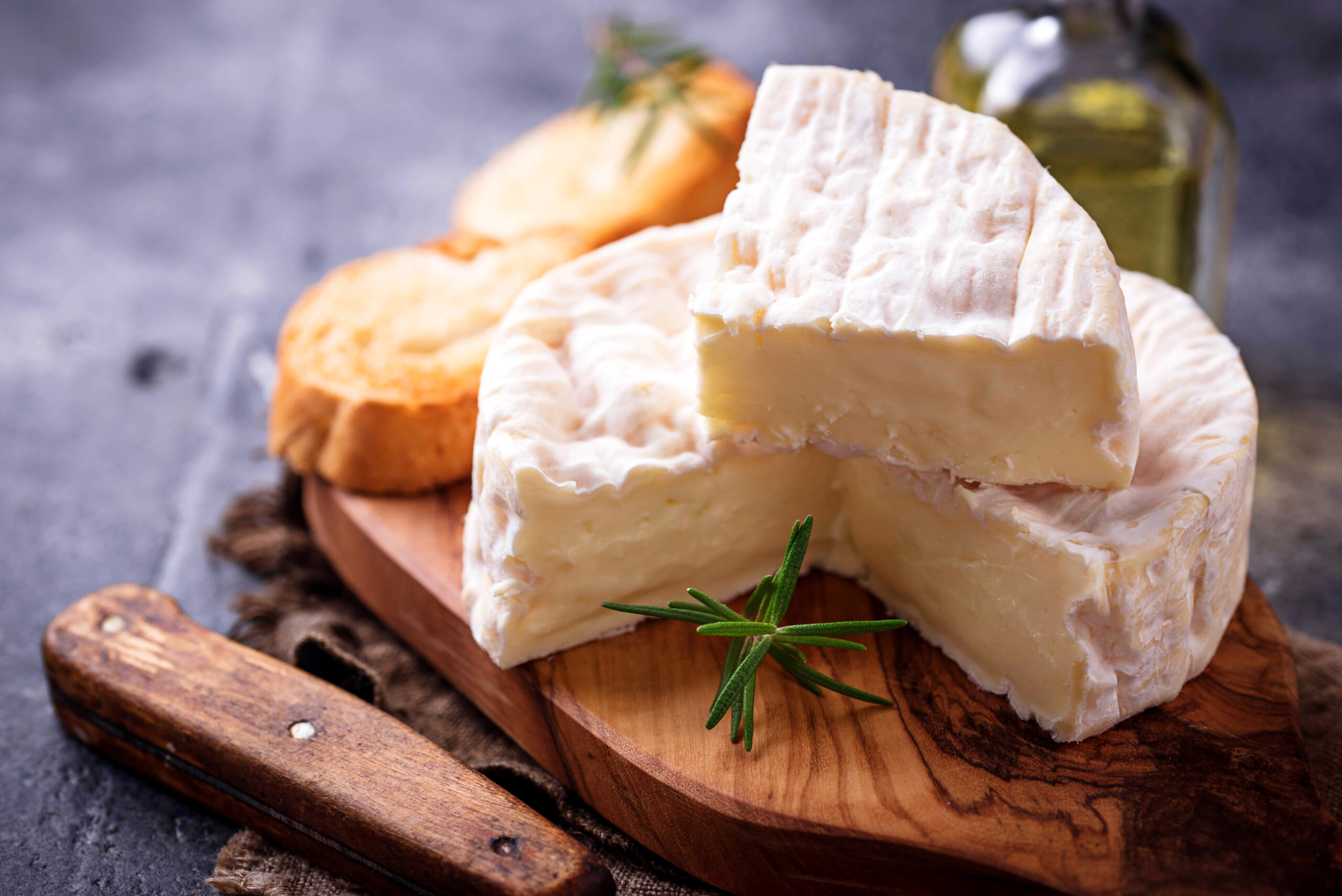
While Camembert cheese originates from Normandy, France, cheesemakers in Hokkaido, Japan, are gaining international acclaim for a Camembert that blends European techniques with Japanese flavors, such as miso and sake.
Hot climates and limited refrigeration have shaped Latin American cheese traditions. Think queso fresco, cuajada and requesón — all soft, mild and meant to be eaten within days. The practice of aging is far more prominent with European cheeses.

In Latin America, fresh cheeses like queso fresco and cuajada are made to be eaten within days — a tradition shaped by hot climates and limited refrigeration.
Every May, thousands of spectators gather to watch the Cooper’s Hill Cheese-Rolling event in Brockworth, Gloucestershire, a countryside region in southwest England. Participants chase a 7-pound wheel of Double Gloucester cheese down one of the UK’s steepest hills. The winner, of course, receives cheese. It’s fast, it’s slippery and it often ends in serious injury — but it’s a long-held tradition.
Fun fact: Chris Anderson, a former light infantryman from Brockworth, is renowned for winning the cheese-rolling race 23 times, earning him a Guinness World Record. He announced his retirement from cheese rolling after earning the Guinness title.
Check out videos of this wacky race. It is truly something to behold!
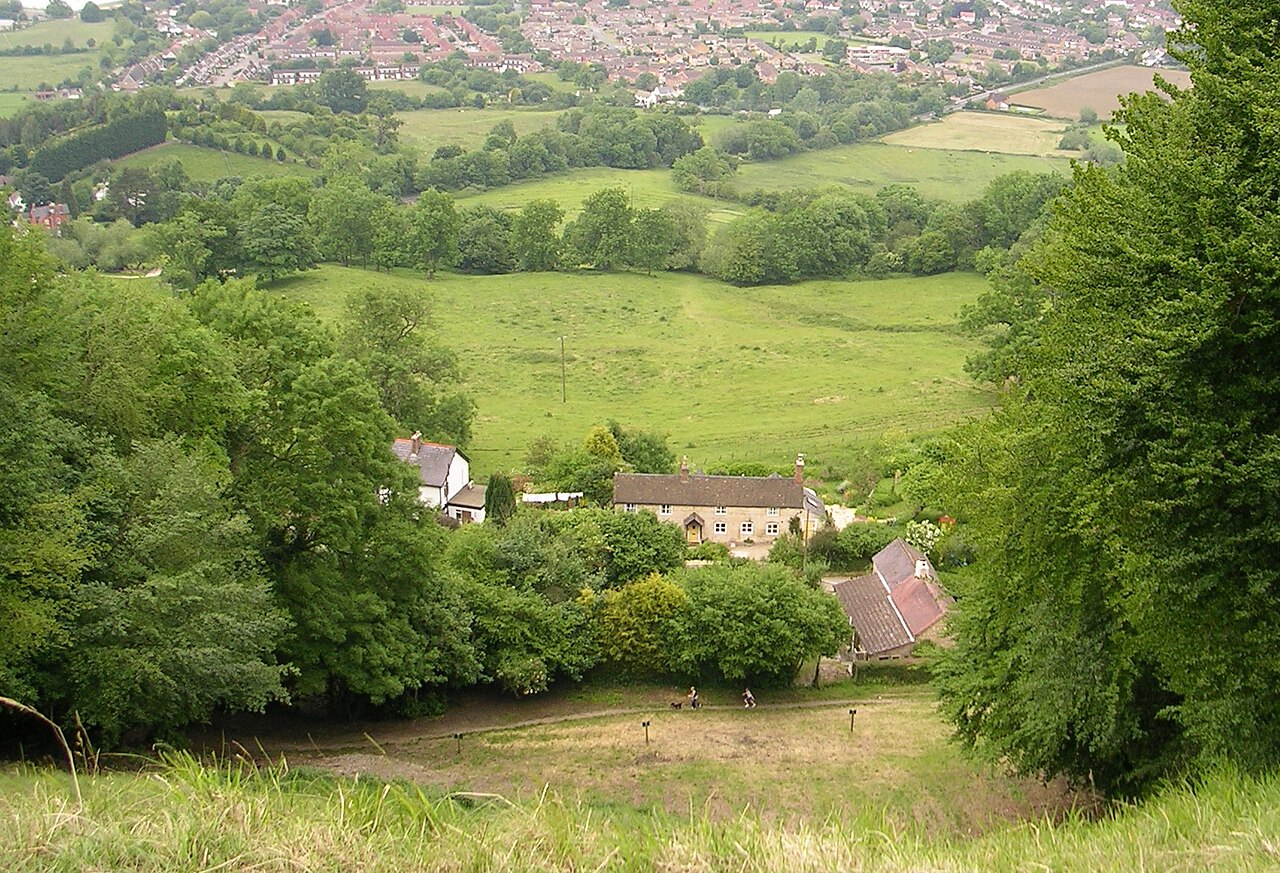
Cooper’s Hill in Gloucestershire, England, may look like a quiet scene, but every spring it transforms into a chaotic stage for the world’s most legendary cheese-rolling race.

At COP30, the world’s eyes are on Brazil, and the cattle ranchers leading a global transformation.

Restoring 40 million hectares of pasture could feed billions and ease pressure on the Amazon. Is the world paying attention?
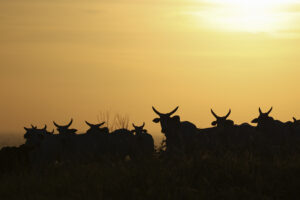
New mini-doc explores deforestation, food security and the Brazilian cattle sector’s path to a more sustainable future
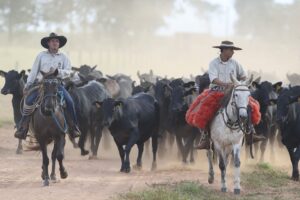
Mention Brazilian beef, and you’re likely to spark discussion about familiar themes: deforestation, emissions and blame. What do we find when we dig deeper? Here are the answers to five top questions about Brazil’s role in protecting the Amazon and feeding the world.
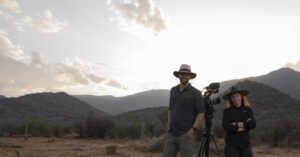
From science to the big screen: Discover how a single question grew into a global journey.
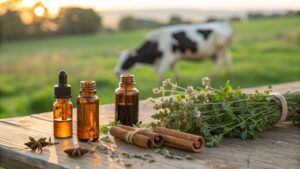
The role of essential oils like thyme, oregano and clove in reducing methane emissions from cattle.
As climate change intensifies and the world’s population continues to grow, the pressure on our global food production system mounts. You can play an active role in shaping a more sustainable planet for future generations. Fill out the form below to learn more about how you can partner with us.
Receive notifications about the release date, new online content and how you can get involved